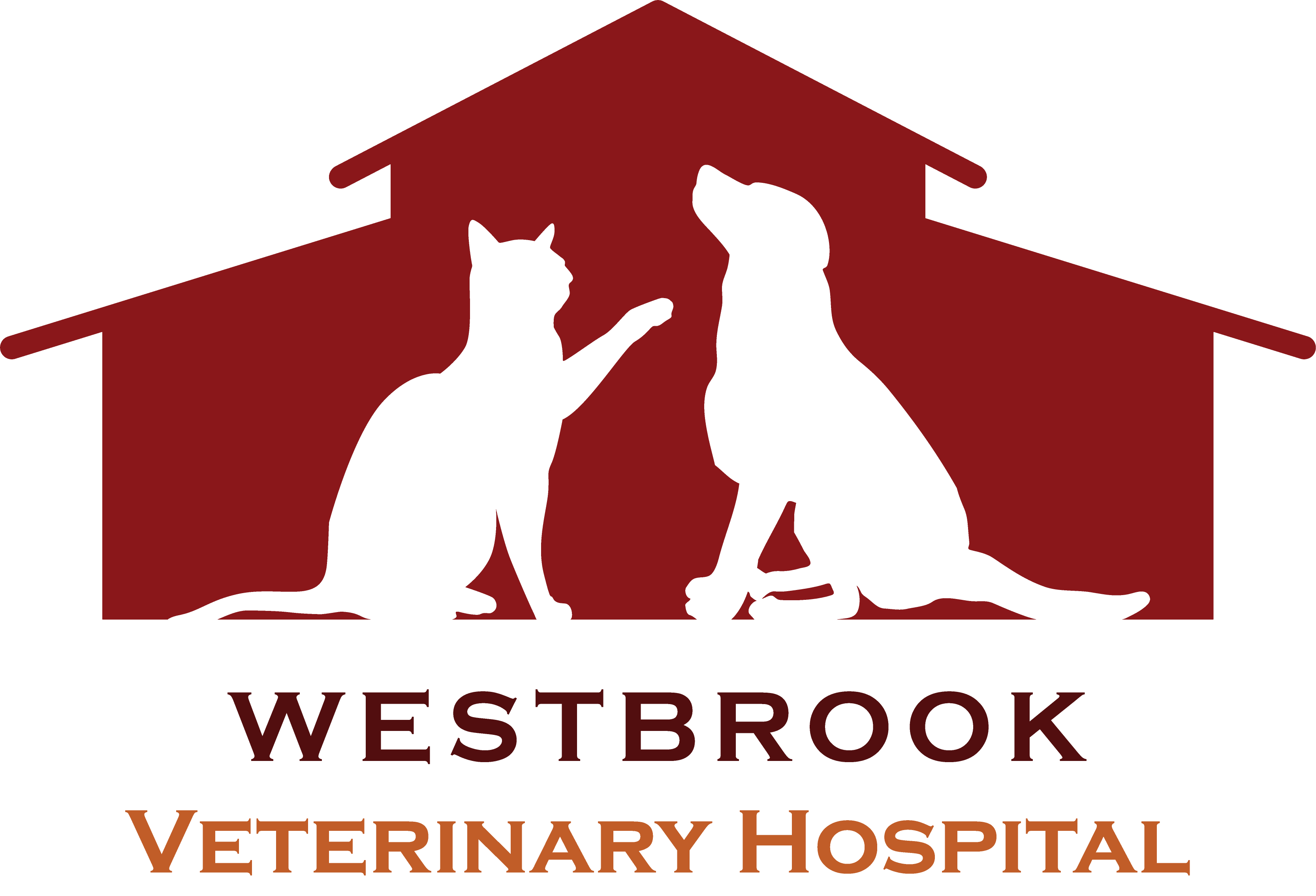Pet Health Library
-
Who could resist that fuzzy face? The Havanese is a delightful companion for all ages. They have plenty of stamina to keep up with the most energetic child. Bichon-type dogs often perform in circuses and happily show off tricks for their families and other spectators.
-
Head halters can provide better control and safety for some dogs. A proper fit with gentle leash handling and positive reinforcement training is required to make a head halter successful. Some dogs may find the head halters aversive, which means it is not the right tool for them.
-
This handout outlines the various health registries in existence that strive to improve the health of dogs and cats. Included in this list are the Canine Health Information Center, Orthopedic Foundation for Animals, Companion Animal Eye Registry, Animal Registry of Certified Health, and the Cat Phenotype and Health Information Registry. Also discussed are canine breed-specific registries, along with the National Pet Microchip Registration.
-
Just like humans, dogs derive health benefits from regular exercise. An important aspect of facilitating, enhancing, lengthening, and strengthening our relationships with our canine companions is to keep them strong and fit through physical activity.
-
Your older cat requires more care and attention to make sure they have the best quality of life. If they have certain medical conditions, that will factor into what they can do and how often they may need to see your family veterinarian. It's important to spend time with your cat to keep their stress low and monitor for changes.
-
Your older dog requires more care and attention to make sure they have the best quality of life. If they have certain medical conditions, that will factor into what they can do and how often they may need to see your family veterinarian. It's important to spend time with your dog not only for social interaction but to stimulate their mind.
-
Osteoarthritis (OA) is a progressive, degenerative disease that worsens over time. This handout discusses steps you can take to help your cat deal with osteoarthritis (OA) or degenerative joint disease (DJD). In addition to medications that may be prescribed by your veterinarian, other treatment options such as weight loss, exercise, and complementary therapies such as chiropractic and physiotherapy are outlined.
-
Osteoarthritis (OA) is a progressive, degenerative disease that worsens over time. This handout discusses steps you can take to help your dog deal with osteoarthritis (OA) or degenerative joint disease (DJD). In addition to medications that may be prescribed by your veterinarian, other treatment options such as weight loss, exercise, and complementary therapies such as chiropractic and physiotherapy are outlined.
-
While the holidays add excitement to the winter months, we cannot forget about indoor and outdoor toxins frequently seen at this time of year. Keeping your pets healthy and safe will help keep the holidays stress free.
-
An increase in your pet’s breathing rate while resting quietly or sleeping is an early clinical sign that your pet may be developing heart failure and needs to see your veterinarian. In general, all normal dogs and cats have a breathing rate of between 15-30 breaths per minute when they are resting. Resting breathing rates that are consistently greater than 30 breaths per minute are increased and considered abnormal. One breath is counted when the chest has moved in and out once. Typically, your veterinarian will have you count the breathing rate once per day for a week while you are learning and then will set up a schedule depending on your pet’s heart health status.








